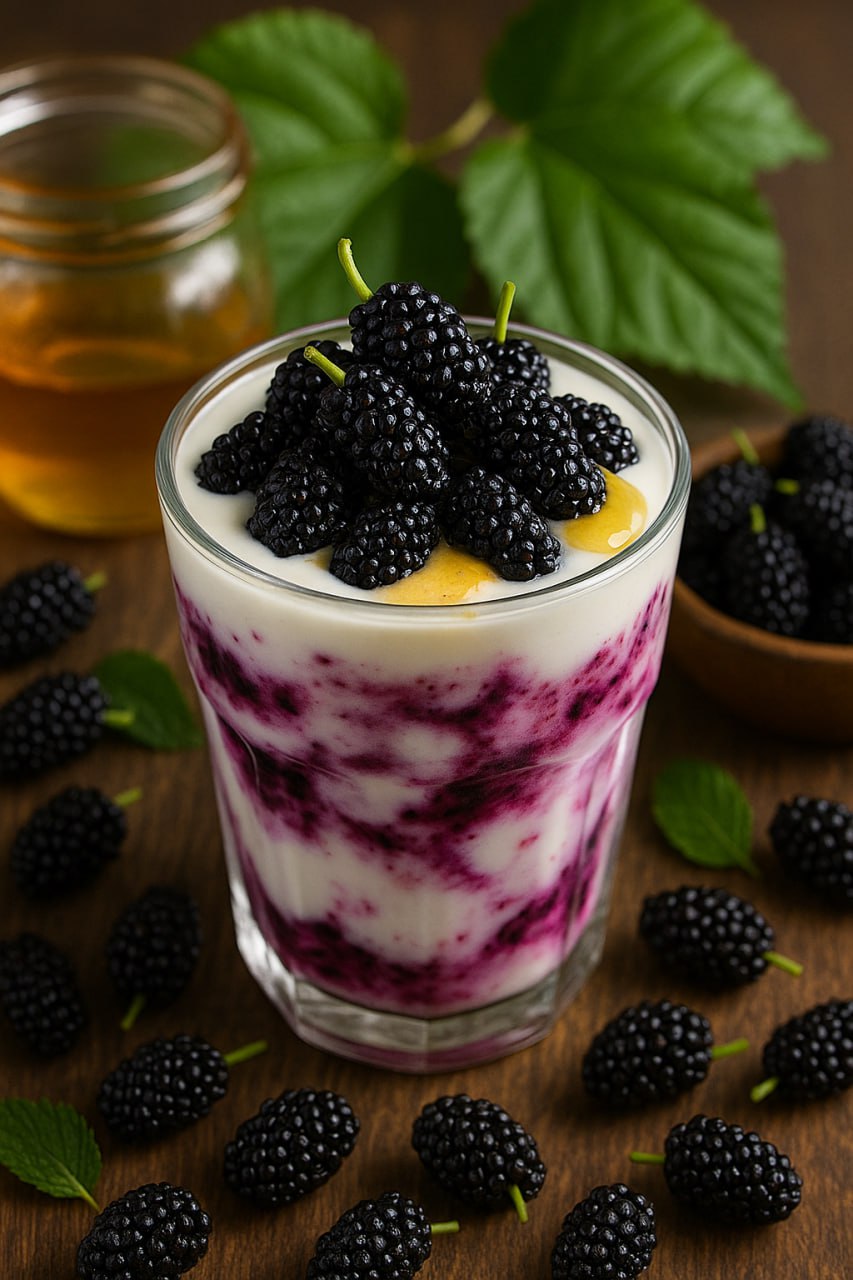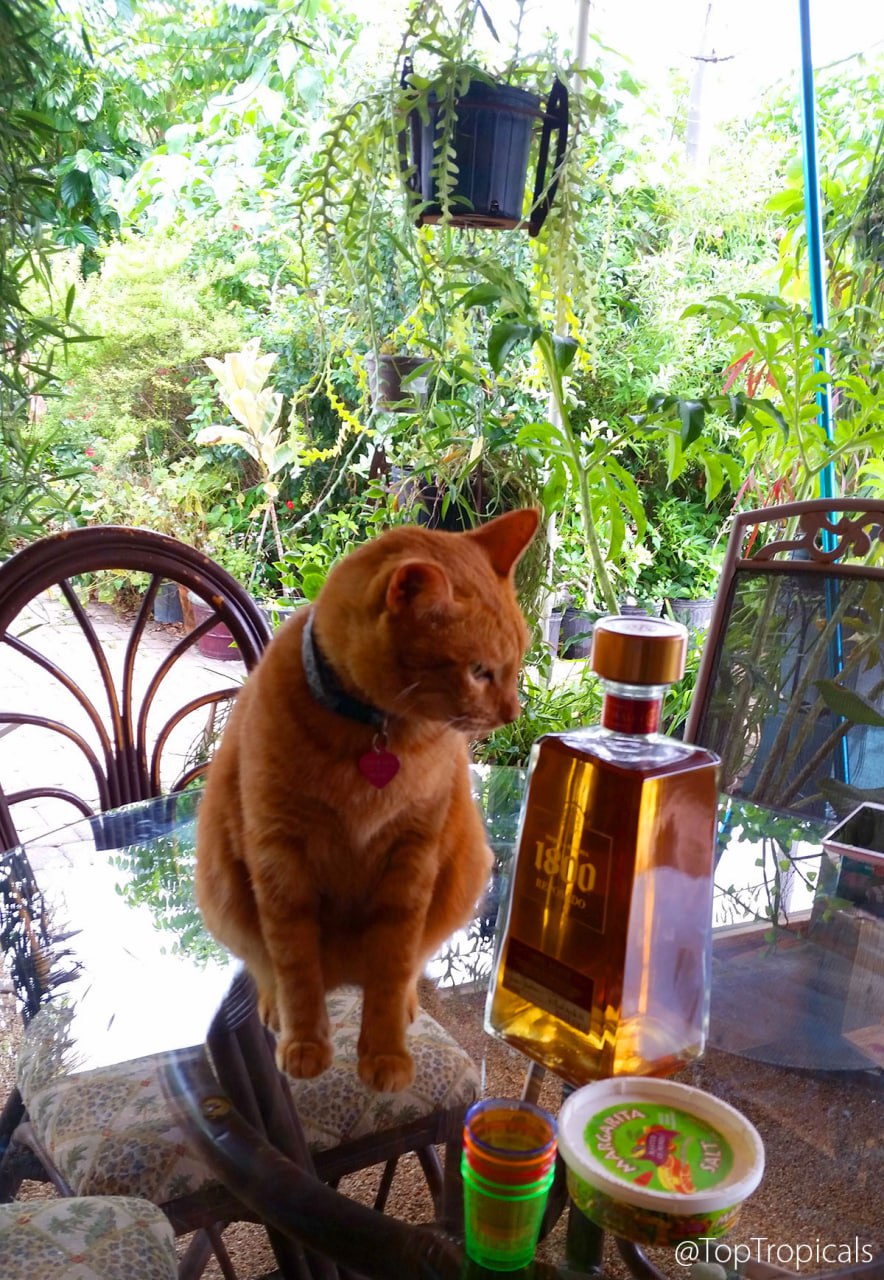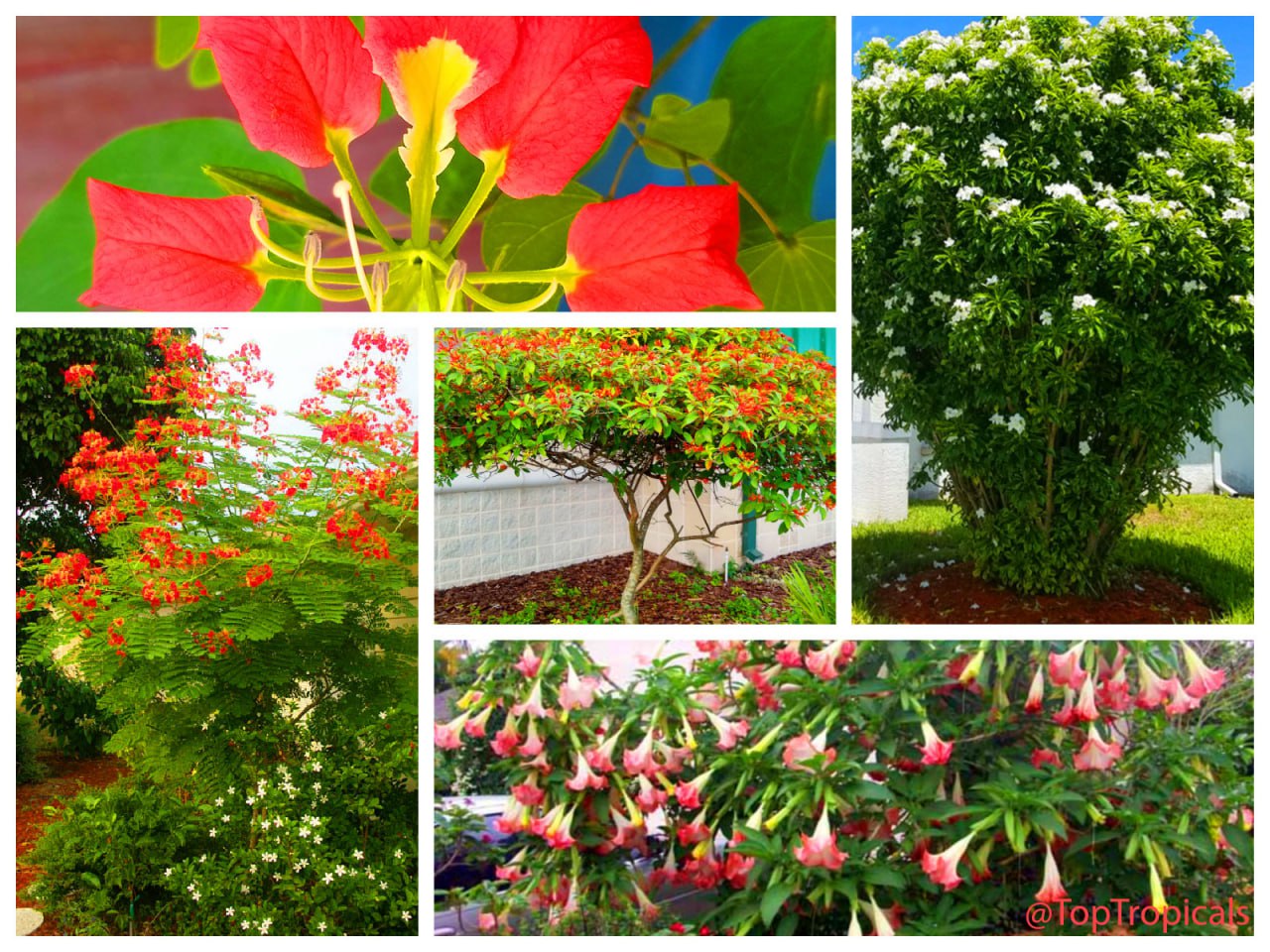Garden Blog - Top Tropicals
Date:
🌸 Meet the Most Colorful Ground Orchids
Ground Orchids – Spathoglottis, Phaius, Arundina, Epidendrum
- Chinese Nun Ground Orchid (Phaius tankervilleae)
- Yokohama Ground orchid Kate (Bletilla striata x formosana)
- Tropical Punch, Sorbet Ground Orchid (Spathoglottis plicata)
- Bamboo Orchid (Arundina graminifolia)
- Snow Angel, Coconut Cloud Ground Orchid (Spathoglottis alba)
- Orange Reed Ground Orchid (Epidendrum radicans Sunrise)
- Lemon Kiss, Sorbet Ground Orchid (Spathoglottis chrysanta)
- Pink Reed Ground Orchid, Violet Queen (Epidendrum radicans Fuchsia)
- Lavender Reed Ground Orchid (Epidendrum elongatum x radicans)
- Red Raspberry Reed Ground Orchid (Epidendrum radicans Red Glow)
Orchids have a mystique that sets them apart — elegant, exotic, almost unreal in their perfection. But let’s be honest, not everyone has luck with the fancy ones that cling to trees or need greenhouse tricks.
Ground orchids are different. They grow in regular garden soil, bloom in sun or shade, and come in all sorts of shapes and colors. They’re the orchids you don’t have to fuss over.
Nun Orchid (Phaius tankervilleae) – Ever wonder why it’s called the Nun Orchid? The flowers really do look like the white veil and brown habit nuns used to wear. The plants send up spikes 3–4 ft tall with 10–20 fragrant blooms that open one after another for weeks. I like them best tucked under trees where they just keep spreading year after year.
Spathoglottis – The nonstop bloomer – If you want flowers that just don’t quit, this one’s it. Spathoglottis clumps up and throws spikes of purple, pink, or yellow that last for weeks, then keep coming back through the summer. In warm spots they’ll bloom almost year-round. Honestly, it’s one of the easiest orchids you’ll ever grow.
💲 Special Offer – 20% off Ground Orchids!
Get 20% OFF ground orchids with code
ORCHID2025
Min order $100. Excluding S/H, valid online only, cannot be combined with other offers.
Hurry, offer expires September 17, 2025!
Who do you think is winning?
Cats Bob and Cash playing
"Everyone has a plan until they get punched in the mouth." - Mike Tyson
🐈📸 Cats Bob and Cash always have a plan at TopTropicals PeopleCats.Garden
#PeopleCats #Quotes
🟢 Join 👉 TopTropicals
What flowers do NOT attract bees?
Butterfly on a flower that doesn't attract bees
Most tropical flowers bring in pollinators, and bees are usually first in line. But what if you’d rather avoid them? Maybe you’re allergic, or just don’t want bees buzzing around. Good news: some flowers attract butterflies, hummingbirds, moths, or even flies - but not bees.
- 👉 Quick rules:
- ✔️ Night-blooming + strong fragrance = moths or bats, not bees.
- ✔️ Red tubular flowers with little scent = hummingbirds or butterflies, not bees.
- ✔️ Rotten or fermented smell = flies, not bees.
- ✔️ Carnivorous plants = trap insects, no bee nectar.
1. Night-blooming, fragrant - moth and bat flowers
Bees forage by day, so many night-fragrant flowers skip them.
- ▫️Brugmansia - Angel’s Trumpet - big, hanging blooms, moth and bat pollinated.
- ▫️Cestrum nocturnum - Night-blooming Jasmine - powerful night scent, moths only.
- ▫️Hylocereus Dragon Fruit - huge cactus flowers, bats and moths.
- ▫️Brunfelsia - Lady of the Night - sweet fragrance at dusk, no bee interest.
- ▫️Hibiscus - hummingbirds and butterflies visit, bees less so.
- ▫️Heliconis and Gingers - designed for hummingbird beaks, bold tubes are for birds, not bees.
- ▫️More good picks: Ruellia, Sanchezia, Aeschynanthus, Aphelandra, Anisacanthus, Cuphea, Fuchsia, Iochroma, Justicia, Lonicera, Hamelia, Russelia, Odontonema, Tecomaria, Bougainvillea.
- ▫️Amorphophallus (Voodoo Lily) - rotting meat scent.
- ▫️Tacca (Bat Head Lily) - spooky black flowers, fly-pollinated.
- ▫️Stapelia (Carrion Flower) - also fly-pollinated.
- ▫️Aristolochia (Pelican Flower) - giant, bizarre fly-traps.
- ▫️Vanilla orchid - its natural bee pollinator is absent in most regions, so no bee appeal elsewhere.
- ▫️Brassavola nodosa and others - open at night for moths, not bees.
- ▫️Nepenthes (Pitcher Plant) - uses pitchers of liquid to lure and digest insects.
2. Hummingbird and butterfly flowers
Bees don’t see red well. Tubular reds, oranges, and yellows usually go to birds and butterflies.
3. 🐱 Fly-pollinated oddballs
Some flowers smell bad to us but irresistible to flies.
4. 🌸 Specialized orchids
Not all orchids rely on bees. Many use moths, butterflies, or beetles instead.
5. 🕷 Bonus: carnivorous curiosities
Carnivorous plants don’t offer nectar. They trap insects instead, so bees stay away.
These flowers keep the beauty, fragrance, and wildlife appeal - but without making your garden a bee hotspot.
🛒 Explore butterfly attractors
#Butterfly_Plants #How_to #Discover
🟢 Join 👉 TopTropicals
Mulberry yogurt swirl: Quick-n-Fun exotic recipes
- 🔵Layer fresh mulberries with plain yogurt and a drizzle of honey.
- 🔵The berries bleed into the yogurt, creating a natural tie-dye effect.
Mulberry Yogurt Swirl
Ingredients
- 1 cup fresh mulberries
- 1 cup plain yogurt
- 1 tbsp honey
Instructions
- Layer fresh mulberries with plain yogurt in a glass.
- Drizzle with honey on top.
- Let the berries bleed into the yogurt, creating a natural tie-dye swirl.
🛒 Discover Mulberry varieties
#Food_Forest #Recipes
🟢 Join 👉 TopTropicals
An intelligent man
"An intelligent man is sometimes forced to be drunk to spend his time with his fools.” - Ernest Hemingway, For Whom the Bell Tolls
🐈📸 Mr B the cat planning his evening at TopTropicals PeopleCats.Garden
#PeopleCats #Quotes
🟢 Join 👉 TopTropicals




 September 11th remains one of the darkest days in our
nation’s memory, a tragedy that touched every life in some way. More
than
two decades later, we may come from different places, hold different views,
and
see the world through different lenses — but on this day, we stand
together in remembrance.
September 11th remains one of the darkest days in our
nation’s memory, a tragedy that touched every life in some way. More
than
two decades later, we may come from different places, hold different views,
and
see the world through different lenses — but on this day, we stand
together in remembrance.